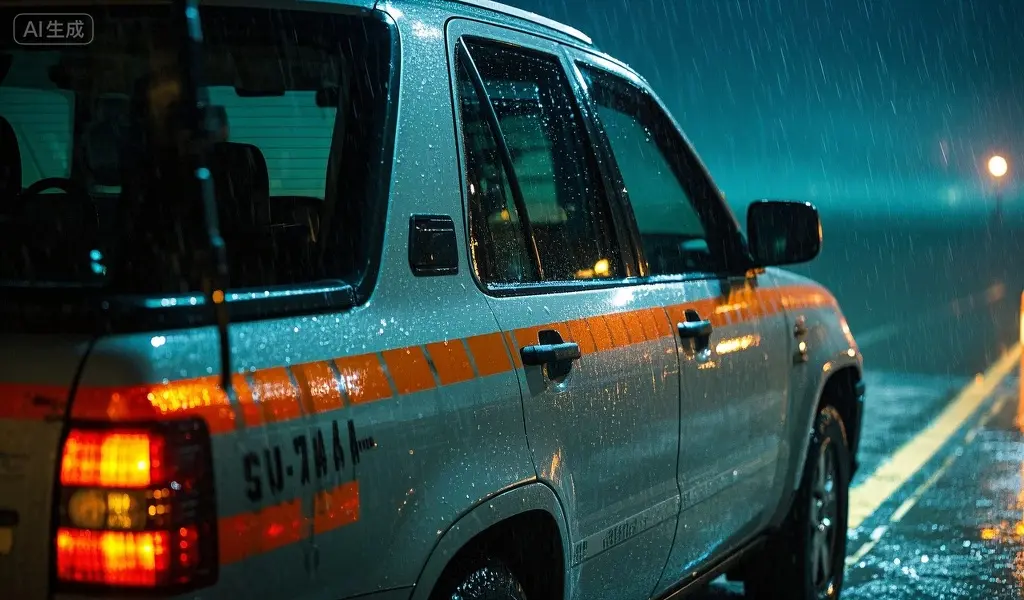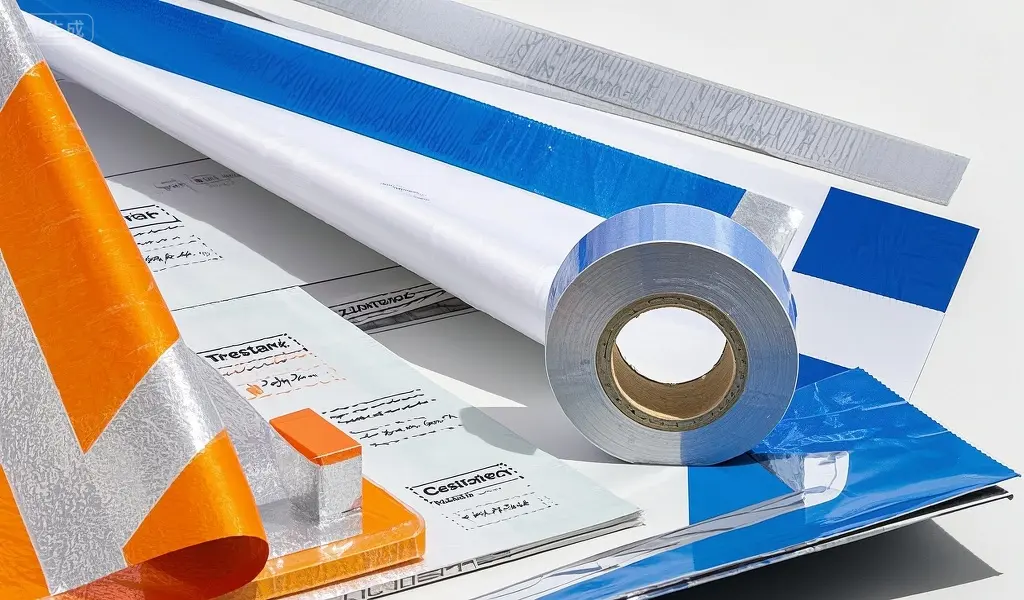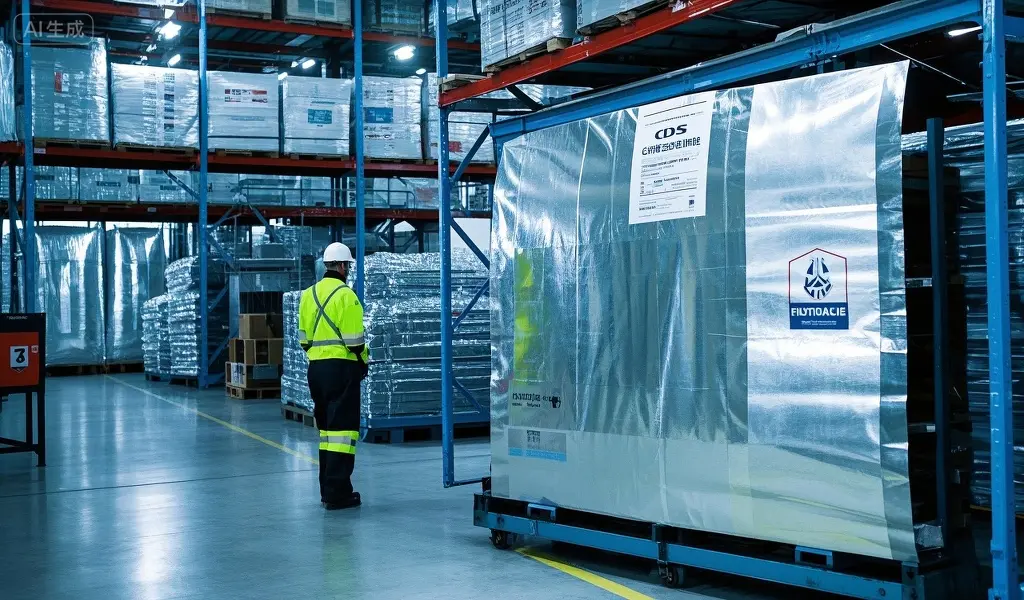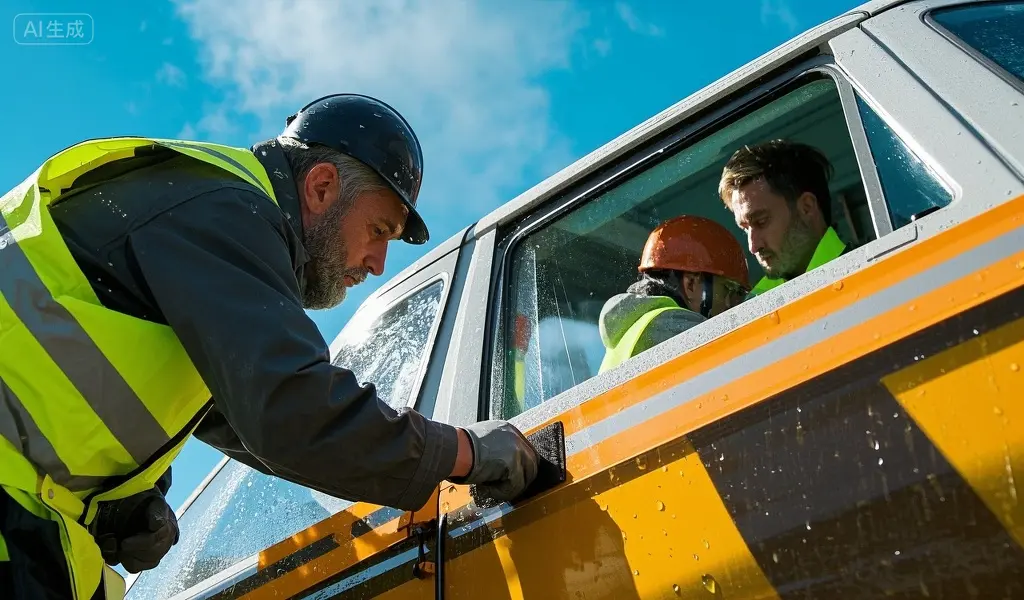How to Choose the Right Reflective Sheeting for Extreme Weather?

Let’s be honest, dealing with extreme weather is no walk in the park. I remember one particularly nasty storm a few years back – the wind was howling, rain was lashing down, and visibility was practically zero. It really hammered home the importance of safety measures, especially those that make you visible in challenging conditions. That’s why I’m diving deep into reflective sheeting today—a crucial element for safety during severe weather. This guide will help you navigate the world of reflective materials and choose the best option for your needs.
This post will guide you through selecting the perfect reflective sheeting to improve visibility and safety in extreme weather conditions, considering factors like reflectivity, durability, and application. We’ll cover various types and their suitability for specific scenarios, helping you make an informed decision.
Let’s get started!
[Claim] This guide provides comprehensive information on choosing reflective sheeting for extreme weather, based on years of experience in researching and writing about safety and outdoor equipment. The information is intended to be helpful but does not constitute professional safety advice. Always consult with relevant professionals for specific safety recommendations.
What Types of Reflective Sheeting Exist and Which is Best for Extreme Weather?
Choosing the right reflective sheeting can seem overwhelming with so many options available. I’ve spent hours poring over spec sheets and comparing products, and I can tell you that the key lies in understanding the application. Are you looking to improve the visibility of a vehicle, a sign, or perhaps personal safety gear? Each type of sheeting has strengths and weaknesses.
This section will break down the most common types and highlight their suitability for extreme weather.

This section delves into the specifics of various reflective sheeting types, including their material composition, reflective performance, and suitability for different applications. We’ll look at the advantages and disadvantages of each, helping you make an informed decision.
[Sub-heading claims] This section offers an unbiased comparison of different reflective sheeting types, helping you choose the best option for your specific needs and weather conditions.
How Durable Should My Reflective Sheeting Be for Harsh Conditions?
Durability is paramount when it comes to extreme weather. You need sheeting that can withstand the elements – think prolonged exposure to rain, snow, UV radiation, and even impacts from debris.
This is where things get really interesting. Some sheeting is designed for short-term use, like temporary road signs, while others are built to last for years, perhaps on emergency vehicles or permanently installed safety markers.

Knowing the longevity you require is crucial; it determines the investment you’ll need to make. This section clarifies the importance of material composition and construction in determining the durability of reflective sheeting. We’ll explore factors like adhesive strength, weather resistance, and abrasion resistance.
[Sub-heading claims] This section provides a clear understanding of the durability factors to consider when purchasing reflective sheeting for extreme weather, ensuring longevity and safety.
Where Can I Find High-Quality Reflective Sheeting for Extreme Weather?
You’ve chosen the type, determined the level of durability needed – now it’s time to source your sheeting. But where do you even begin? I’ve had my fair share of disappointing online shopping experiences, so I want to share my hard-earned wisdom with you.
This section focuses on finding reputable suppliers. This could range from large industrial suppliers to smaller specialized online retailers. I recommend seeking out vendors with a proven track record of supplying high-quality materials suitable for demanding environments.

This section provides practical advice on sourcing reflective sheeting, considering factors like quality assurance, pricing, and supplier reliability. This will allow you to find the best value for your needs without compromising on safety.
[Sub-heading claims] This section provides actionable advice on finding reputable suppliers of high-quality reflective sheeting for extreme weather conditions.
How Do I Properly Install Reflective Sheeting to Ensure Optimal Performance?
Getting the installation right is just as important as choosing the right sheeting. Improper application can significantly reduce the sheeting’s effectiveness, rendering it less visible in crucial moments.

This section will guide you through proper installation techniques, from surface preparation to application methods, ensuring that your chosen sheeting performs optimally and adheres effectively to the desired surfaces. We’ll cover specific tips for different types of sheeting and applications.
[Sub-heading claims] This section provides detailed instructions and best practices for installing reflective sheeting to maximize performance and longevity in extreme weather conditions.
Conclusion
Choosing the right reflective sheeting for extreme weather isn’t simply about picking a shiny material; it’s about ensuring safety and visibility during critical moments. By understanding the various types, durability requirements, sourcing options, and proper installation techniques, you can make an informed decision that directly impacts safety. Remember to always prioritize safety and don’t hesitate to consult with professionals if you have any doubts or require specialized advice.
FAQs
Q1: What is the difference between retroreflective and non-retroreflective sheeting?
A1: Retroreflective sheeting redirects light back to its source (like a car’s headlights), making it much brighter and more visible at night. Non-retroreflective sheeting simply reflects light in multiple directions, but not as intensely. Retroreflective is far superior for safety in low-light conditions.
Q2: How long does reflective sheeting last in extreme weather?
A2: This depends heavily on the type and quality of sheeting and the severity of the weather. High-quality sheeting can last for several years, even in harsh conditions, while cheaper options may degrade much faster. Always check the manufacturer’s specifications for expected lifespan.
Q3: Can I apply reflective sheeting myself?
A3: Yes, for many applications, you can apply reflective sheeting yourself. However, proper surface preparation and application techniques are crucial for optimal performance. If you’re unsure, consider seeking professional help.
Q4: Is reflective sheeting expensive?
A4: The cost varies significantly depending on the type, quality, and quantity you need. While high-quality sheeting can be more expensive upfront, it’s often a worthwhile investment considering its long-term benefits and increased safety.
Q5: What types of surfaces can reflective sheeting be applied to?
A5: Reflective sheeting can be applied to a wide variety of surfaces, including metal, plastic, wood, and even fabric. However, the surface must be clean, dry, and free of any contaminants for proper adhesion. Always check the manufacturer’s instructions for specific compatibility.

